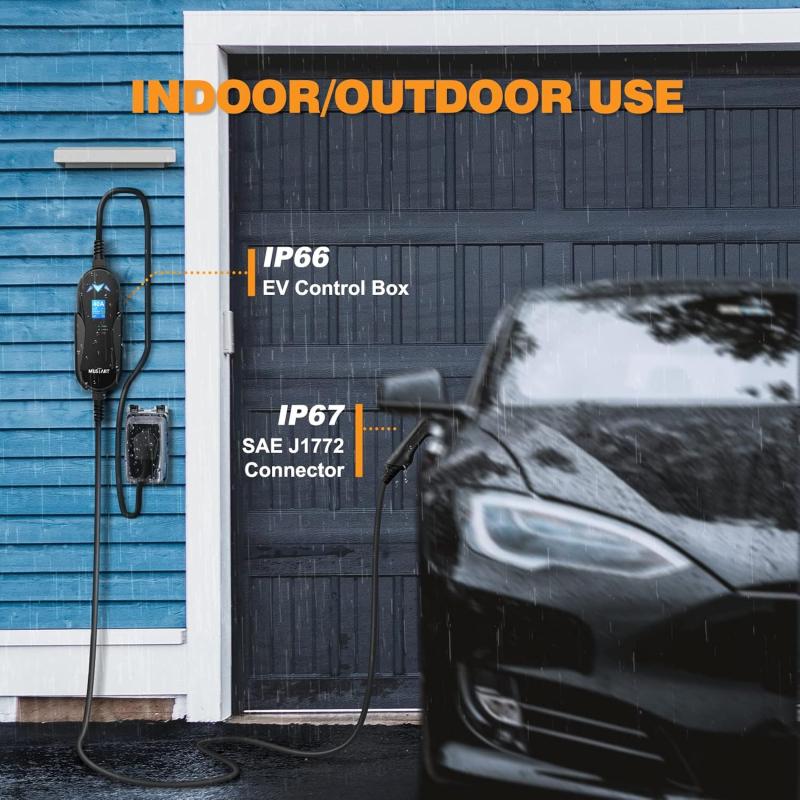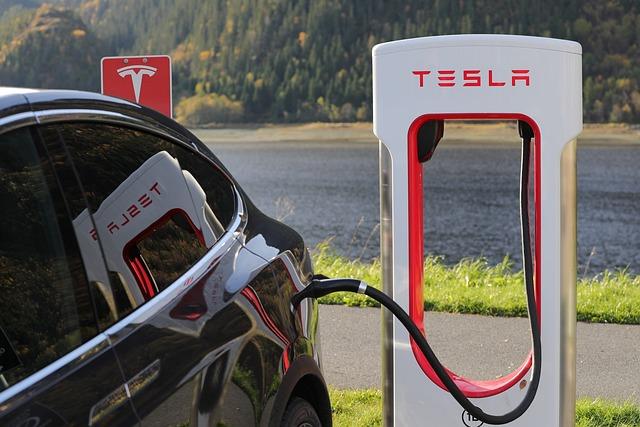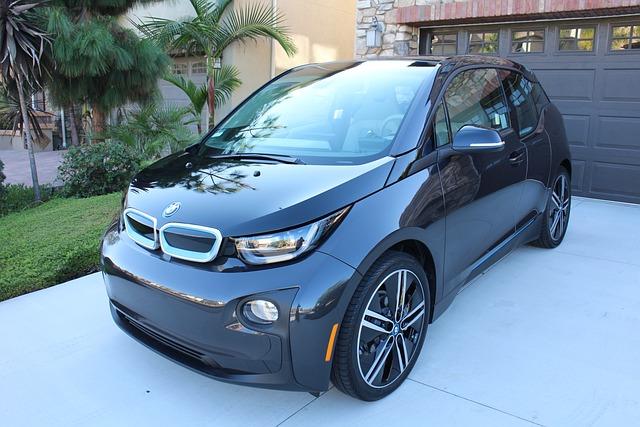Electric vehicles (EVs) are becoming more and more popular, and it's easy to see why! They offer a cleaner alternative to traditional gas-powered cars, reducing our carbon footprint and helping the environment. But whether you're a seasoned EV user or just starting to explore this new world, it’s helpful to understand some basics about how they work and how they interact with our energy systems.
At the heart of every electric vehicle is its battery, which stores the energy needed to power the vehicle. Most EVs use lithium-ion batteries, the same type you find in smartphones and laptops. These batteries are efficient, durable, and allow for quick charging, making it feasible to power your car without a trip to the gas station. When you plug in an EV at home or at a charging station, you’re sending electricity straight to that battery!
Charging an EV isn’t just a plug-and-play situation, though. There are different charging levels you should know about:
Understanding how electric vehicles interact with the grid is also essential. As more people adopt EVs, our electricity demand can shift. This might lead to questions about how our energy supply will hold up, especially during peak hours. Luckily, advancements in renewable energy and smart grid technology are helping us create a more efficient and resilient energy system that can support the increase in electric vehicle usage.
How EVs Affect Energy Demand
Electric vehicles (EVs) are changing the way we think about energy consumption. As more people make the switch from gas to electric, the demand for electricity is on the rise. This shift means that we need to understand how these vehicles affect our energy grids.
When you plug in your EV to charge, you're tapping into the local electricity grid. This increases the overall demand for electricity, especially during peak hours when many people are charging their cars after work. To keep everything running smoothly, energy providers need to find ways to balance this extra load, which might involve adjusting how and when they generate electricity.
But it’s not all challenges—EVs also offer some exciting opportunities. For example, if you charge your car during off-peak hours, like late at night, you can take advantage of lower rates. Plus, with the rise of smart charging technologies, EV owners can help the grid by adjusting their charging times based on energy supply and demand.
In areas where renewable energy sources like solar and wind are prevalent, the effect of EVs can be even more positive. By charging during sunny or windy periods, EVs can help to use up excess energy, reducing waste and supporting cleaner options in the grid. This creates a win-win situation for drivers and the environment.
Renewable Energy and Electric Vehicles
When we talk about electric vehicles (EVs), we can't ignore their connection to renewable energy. Imagine a world where our cars run on sunshine and wind! That's the beauty of pairing EVs with renewable energy sources like solar and wind power. When more people adopt electric cars, there's a push for cleaner energy options, which helps reduce our reliance on fossil fuels.
Using renewable energy for charging EVs is a win-win situation. It means lower carbon emissions and better air quality since many of us can reduce our gas consumption. Plus, with the rise of solar panels and wind turbines, more homes and businesses can generate their own electricity, making it easier to power up electric vehicles without negative environmental impacts.
But it’s not just about the planet; it’s also about our wallets. Charging an electric vehicle using renewable energy can be much cheaper than traditional gas prices. If you have a solar panel on your roof, you can charge your EV for free, especially during sunny days! It’s a fun way to think about saving money while also doing good for the environment.
With all the advances in technology, the transition to electric vehicles is becoming smoother. Many cities are enhancing their energy grids to accommodate the increase in EV charging needs. Smart grids can manage when and how we charge our cars, helping to balance the load and make the best use of available renewable energy. This means less stress on the existing infrastructure and more reliable energy access for everyone.
Future Trends in EV Energy Usage
As electric vehicles (EVs) become more popular, we're seeing some exciting future trends in how they interact with our energy grids. One major trend is the rise of vehicle-to-grid (V2G) technology. This allows EVs to not only draw power from the grid but also send it back when needed. Imagine your car becoming a mini power plant that helps balance energy loads during peak hours – pretty cool, right?
Another trend is the increase in renewable energy usage in charging infrastructure. More charging stations are being powered by solar panels or wind turbines, which means charging your EV could be even greener. This development not only reduces carbon footprints but also helps stabilize energy costs. Think about it: driving a clean car while also charging it with clean energy is a win-win!
We’re also likely to see smarter charging solutions. With the integration of apps and connected devices, drivers can schedule their charging during off-peak hours when electricity rates are lower. This will not only save money but also help reduce stress on the energy grid. Who wouldn’t want to pay less for their electricity?
Finally, as battery technology improves, we’re likely to see longer ranges and faster charging times. This means you can hit the road without worrying about finding a charging station every few miles. Plus, advancements in battery recycling will help reduce waste as more EVs hit the streets. All these trends show that the future of EVs is not just electric, but incredibly promising for both drivers and the environment!



